Howdy has introduced a groundbreaking transparent latex membrane, offering new possibilities for soil mechanics, material testing, and other laboratory experiments. This innovative product maintains the durability and elasticity typical of latex membranes while adding the unique benefit of transparency.
Advantages of Transparent Latex Membrane in Experiments
A transparent latex membrane1 opens up fresh avenues for experimental design across various industries. Here are some key advantages:
-
Real-Time Observation: By allowing direct visual access to the test specimen, researchers can watch real-time changes during experiments without disturbing or disassembling the test setup.
-
Enhanced Data Collection: Visibility of internal material behavior can yield additional qualitative data, such as detecting micro-cracks, settlement layers, or changes in soil color. This supplemental information helps validate quantitative measurements like load, displacement, and pore pressure readings.
-
Easy Monitoring: Researchers can more easily spot irregularities or potential system leaks in the test cell, improving overall experimental safety and reliability.
Overall, a transparent membrane revolutionizes the user experience by combining latex’s well-known flexibility and seal integrity2 with an unprecedented level of visibility.
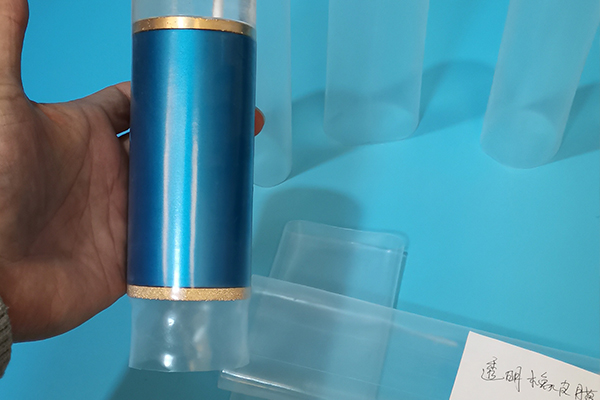
What Is the Upgrading Effect of Clear Latex Film on Triaxial Testing?
Triaxial testing is vital for evaluating soil and aggregate properties3, especially in geotechnical engineering. The clear latex membrane significantly upgrades traditional approaches in these ways:
- Accurate Observation of Soil Deformation4: As the soil sample deforms under axial load and confining pressure, the transparent membrane lets the tester see how the soil moves or bulges, helping identify potential failure planes or localized strains.
- Reduced Disruption: By eliminating the need to stop the test to inspect the sample, the continuous testing process remains undisturbed. This preserves sample integrity and ensures more precise data on stress-strain responses.
- Faster Interpretation: Visual cues speed up decision-making and data analysis, particularly in advanced tests where multiple variables are monitored simultaneously (e.g., pore pressure, volumetric strain, or partial saturation).
In essence, the membrane’s transparency serves as a new lens through which researchers can refine triaxial test outcomes5, leading to more meaningful engineering designs.
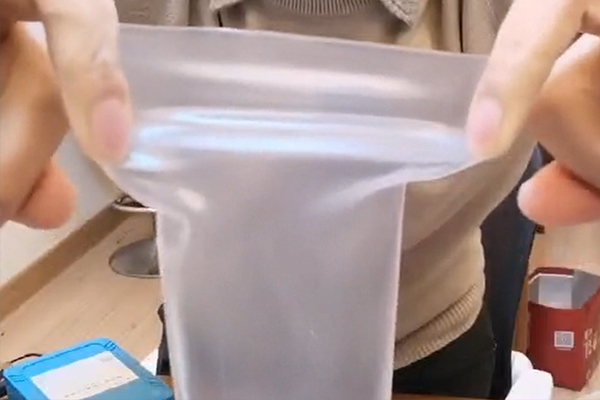
Transparent Latex Film Provides a Better View of the Experimental Material
When dealing with fine-grained soils, composites, or specimens prone to color changes, a clear membrane reveals subtle details:
- Visual Color Gradient6: Researchers can note color transitions that might indicate moisture migration or local changes in soil structure, providing an immediate warning of potential anomalies.
- Deformation Tracking7: Microstructural cracks or fissures can become visible as the material is stressed, contributing to early detection of failure zones.
- Educational and Demonstrational Value: Transparent membranes help students and trainees grasp the mechanics of material behavior more intuitively. Observing real-time changes fosters deeper conceptual understanding.
By highlighting these internal changes in soil or other test specimens, transparent latex films elevate both research quality8 and training effectiveness.

Impact of Transparent Latex Films on Industrial Development
The introduction of transparent latex membranes1 can have far-reaching consequences for multiple industries:
- Geotechnical Engineering: Firms can refine slope stability9, foundation design, and earthworks projects by visually confirming stress distribution and failure modes.
- Construction Material Testing: Development of new concretes, mortars, or polymer-based composites becomes more precise, as testers can monitor cracking or delamination from the outside.
- Product R&D: Manufacturers of testing equipment can integrate transparent membranes into their systems, appealing to laboratories that seek advanced visualization tools for more accurate research findings.
- Environmental Studies: For tests involving environmental soils or chemical containment, the ability to see inside the sample provides an added layer of safety, ensuring that leaks or contaminant migration are detected early.
As industries continue to emphasize data-rich, high-precision testing, transparent latex membranes1 are set to become a standard in innovation and quality control10. By bridging the gap between conventional test methods and enhanced visual insight, Howdy’s clear latex membrane ushers in a new era of transparency and efficiency in experimental testing.
Conclusion
Howdy’s transparent latex membrane offers a novel blend of clarity and durability that can transform the way many experiments and industrial tests are conducted. By allowing researchers to visually monitor specimen behavior in real time, it reduces test interruptions, enriches data collection, and speeds up analysis. Whether applied to triaxial testing, material observation, or specialized industrial research, the introduction of a clear membrane provides immediate, tangible benefits: enhanced accuracy, improved safety, and deeper insight into internal changes. This innovation stands to influence geotechnical engineering, construction materials testing, and a host of other fields where understanding the visible and hidden aspects of material performance is crucial. Ultimately, Howdy’s transparent latex membrane opens the door to more efficient, data-rich methodologies in both laboratory and on-site testing scenarios.
-
Explore how a transparent latex membrane can enhance experimental design and data collection in various industries.
-
Learn about the unique properties of latex that make it ideal for applications requiring flexibility and sealing.
-
Explore this link to discover advanced techniques and insights that can enhance your understanding of soil and aggregate evaluation.
-
This resource will provide you with valuable information on the importance of observing soil deformation for better test results.
-
Learn about cutting-edge methods that can lead to improved engineering designs and more reliable test results.
-
Understanding visual color gradients can enhance your knowledge of soil behavior and moisture migration, crucial for effective soil management.
-
Exploring deformation tracking techniques can provide insights into early failure detection, essential for construction and environmental safety.
-
Improving research quality is vital for accurate soil analysis and effective solutions; this resource can guide you through best practices.
-
Understanding slope stability is crucial for safe and effective geotechnical engineering practices. Discover more about its significance.
-
Learn how innovation drives quality control improvements across industries, ensuring better products and services.

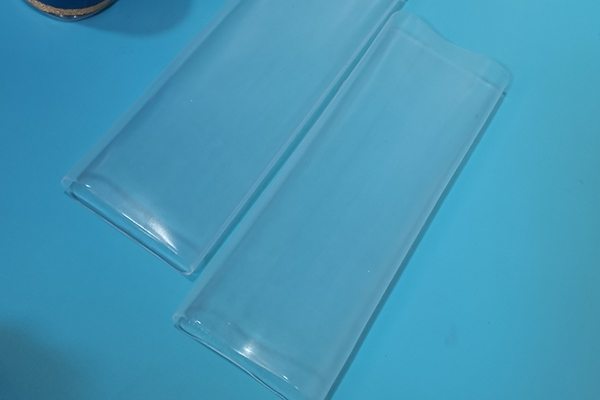

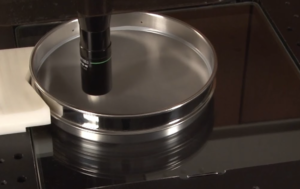
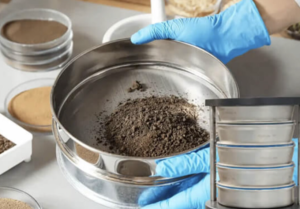
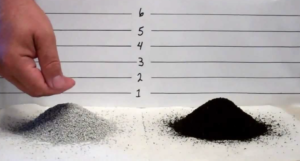

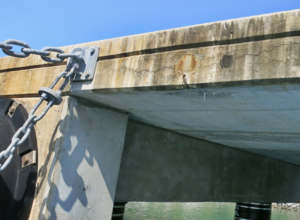
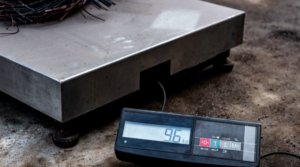

 Online | Privacy policy
Online | Privacy policy